 I was all set to write a quick review after running a roll through the Olympus Stylus Zoom 80 Wide DLX. The review I wrote in my head was simply, I didn’t like using this camera. Everything that makes the legendary Olympus Stylus Epic such a joy to shoot with, is missing with its zoom-lensed big brother. Where the Stylus Epic is small, light and quick, the Stylus Zoom 80 is chunky, heavy and slow. So, is that the entire review? Not quite.
I was all set to write a quick review after running a roll through the Olympus Stylus Zoom 80 Wide DLX. The review I wrote in my head was simply, I didn’t like using this camera. Everything that makes the legendary Olympus Stylus Epic such a joy to shoot with, is missing with its zoom-lensed big brother. Where the Stylus Epic is small, light and quick, the Stylus Zoom 80 is chunky, heavy and slow. So, is that the entire review? Not quite.
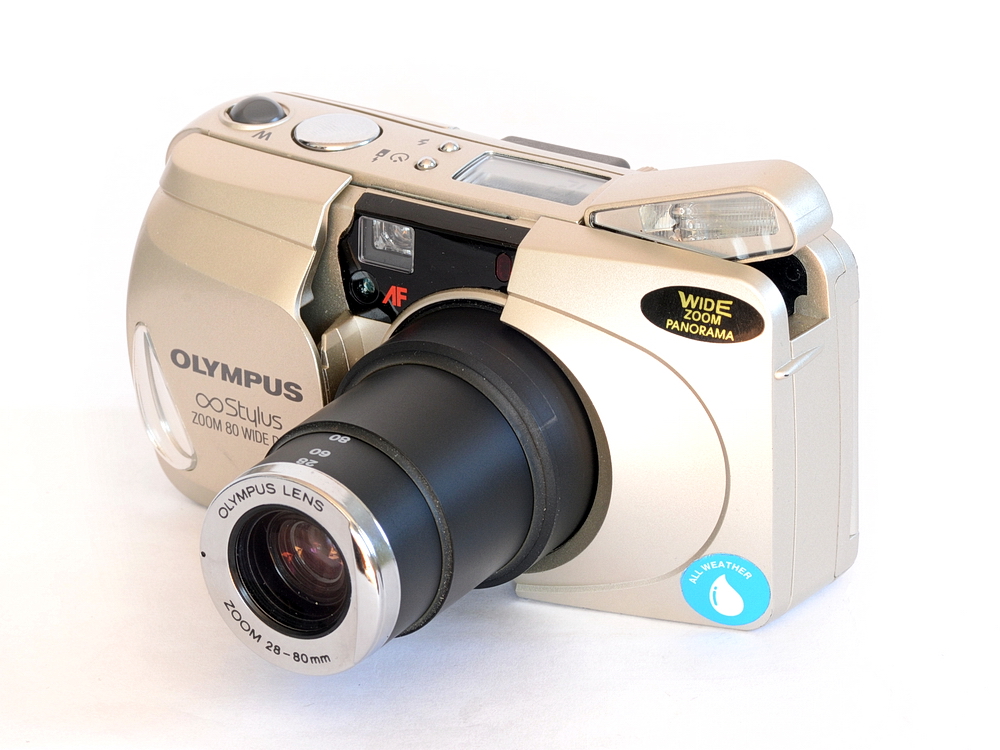 So, let’s back up a bit. Most people are familiar with the Olympus Stylus Epic, but what exactly is the Stylus Zoom 80 Wide? It’s a point-and-shoot camera with 28-80mm f/4.5 to f/8.4 zoom lens. Like the Stylus Epic, it’s a sliding clam-shell design and claims to be an “all weather” camera. Those are both good things. I particularly liked that the zoom range starts at 28mm — I shoot a fair amount of wide-angle photos and zooms that start at 35mm or longer don’t do it for me.
So, let’s back up a bit. Most people are familiar with the Olympus Stylus Epic, but what exactly is the Stylus Zoom 80 Wide? It’s a point-and-shoot camera with 28-80mm f/4.5 to f/8.4 zoom lens. Like the Stylus Epic, it’s a sliding clam-shell design and claims to be an “all weather” camera. Those are both good things. I particularly liked that the zoom range starts at 28mm — I shoot a fair amount of wide-angle photos and zooms that start at 35mm or longer don’t do it for me.
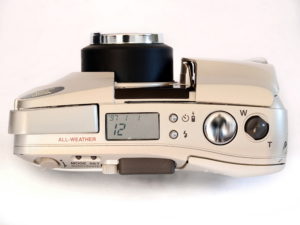
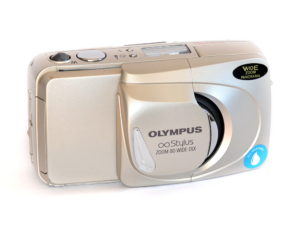
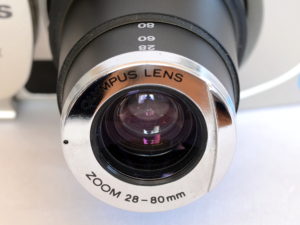
The Zoom 80 has the usual array of buttons to control the flash and self-timer, but lacks a dedicated infinity focus lock, which is something I use quite often. By pressing the two small buttons on the top deck at the same time, you can engage a “spot” mode to set the focus and exposure point with added precision, which can be useful in some circumstances. I was prepared to consign the Olympus Stylus Zoom to the “box of cameras I’ll probably never shoot again” until I developed my film and saw the results. I have to say I was pleasantly impressed. The camera really delivers decent results.
All my shots were well exposed, accurately focused and free from any obvious optical shortcomings. Yes, there was a little gentle vignetting, but the 9-element, 8-group zoom lens seems to work admirably throughout its range. Interestingly, at its wide-angle setting, the camera yields negatives that are slightly wider than normal — 37 millimetres across, as opposed to the format’s 36-mm standard. Overall, from a results perspective, there’s very little to complain about.
Despite the fine images the Stylus Zoom 80 produced, it’s let down by the user experience. The camera is too large to easily slip into a pocket and is slow to start up and shut down. If a zoom point-and-shoot is what you’re after, it’s certainly worth considering if one comes your way, but there are better options. I’m probably more inclined to reach for my Pentax 120SW or even the Minolta 75w Riva Zoom I recently reviewed. Both offer similar capabilities in a much more appealing package. And yet, niggling away at my conclusion is the unshakable feeling that the chunky Olympus makes slightly better pictures than either of those cameras. It’s undeniably more effort to use, but compared with packing a 35mm SLR and a bunch of lenses, it’s much less of a handful.
It’s bad form to end a review without a firm conclusion, but I very much find myself on the fence about this particular camera. Perhaps I’ll put another roll through it after all and see how I feel then . . .
Did you find this article interesting or helpful? If so, consider using this link the next time you shop at Amazon.com. Better yet, bookmark it for future use. Thanks to Amazon’s associates program, doing so costs you nothing yet helps keep this site up and running. Thanks!

 Subscribe with RSS
Subscribe with RSS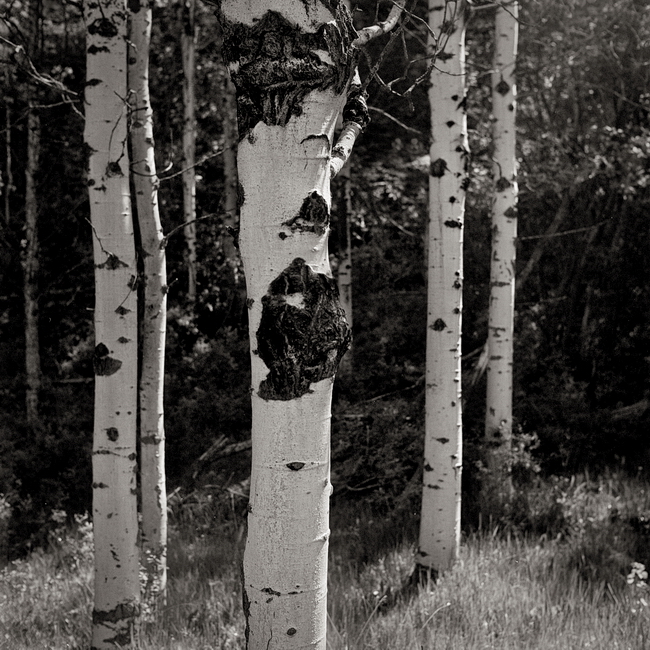
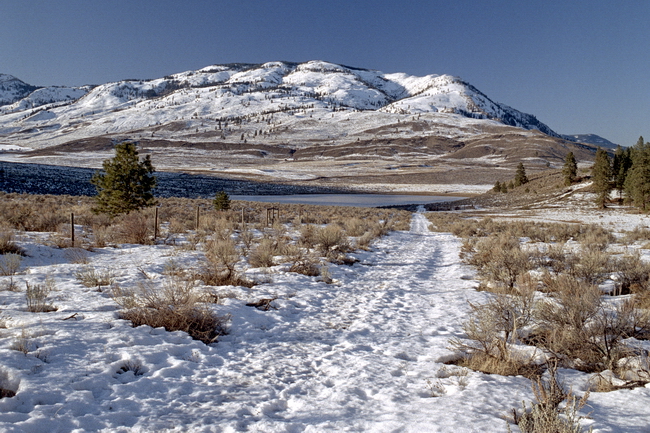
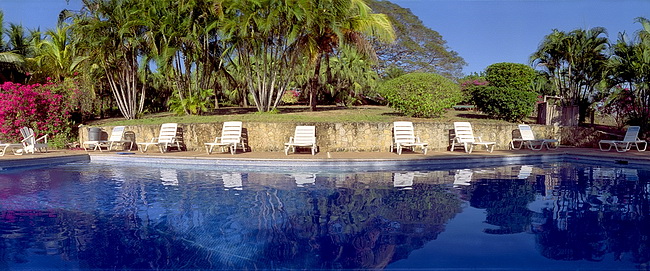

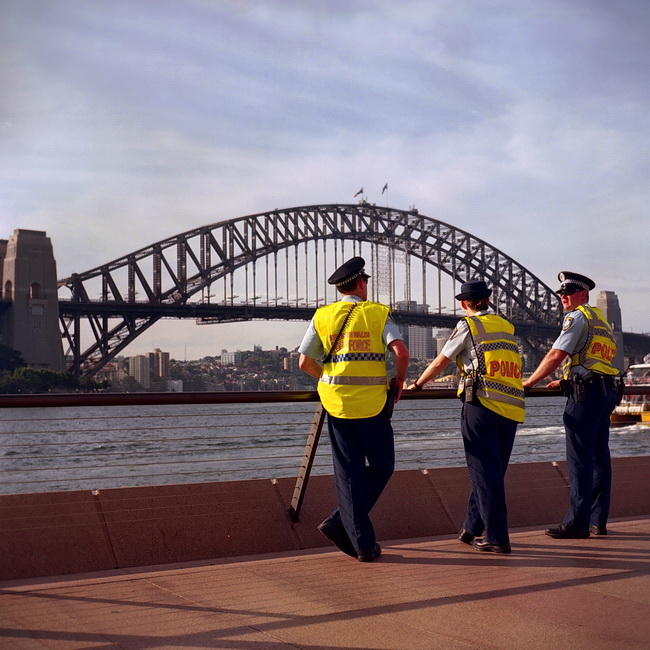

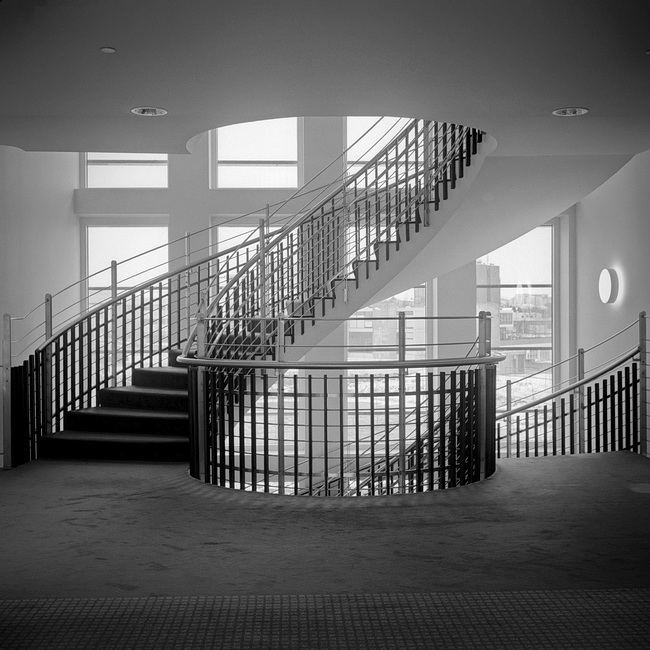
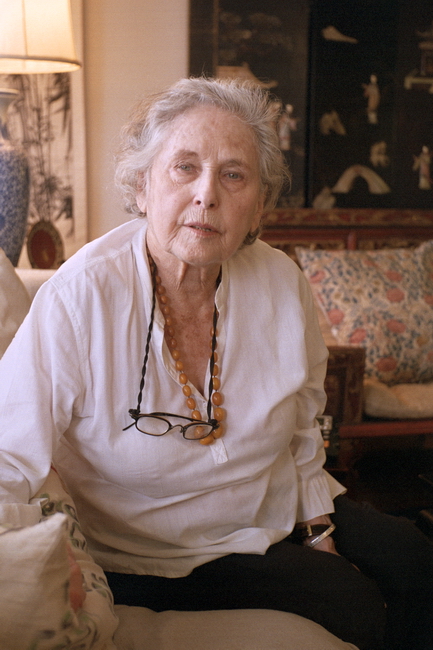
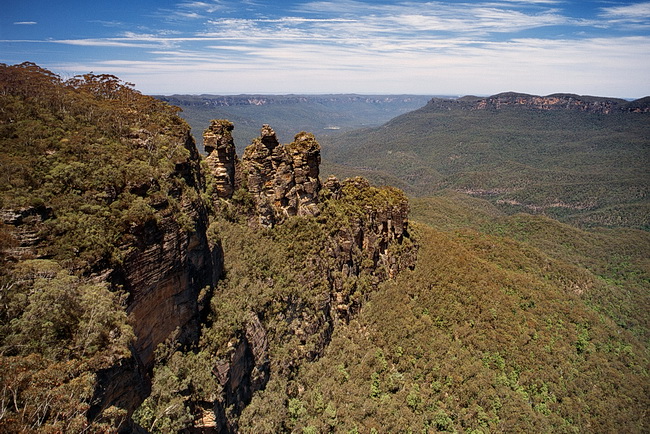
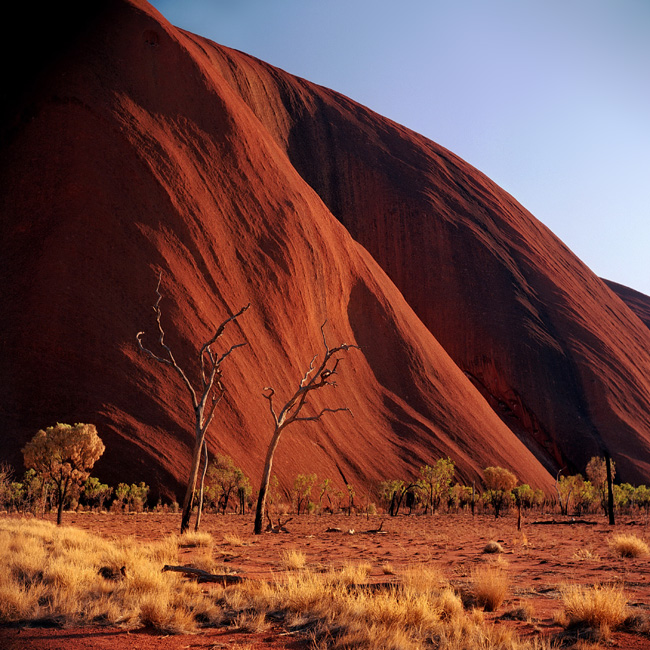
That *is* a little chunk of a camera. I love the Olympus Stylus cameras, all of them. I want to shoot them all. The only one I’ve kept of those I’ve owned, however, is the original Stylus. It’s hard to beat that classic.
Thanks Jim! It is a lump of a camera, that’s for sure, but not without its merits. I like the Stylus Epic best of that line. I have two of the originals (bought of eBay), but both were DOA, which makes me wonder if that particular model is a bit fragile.